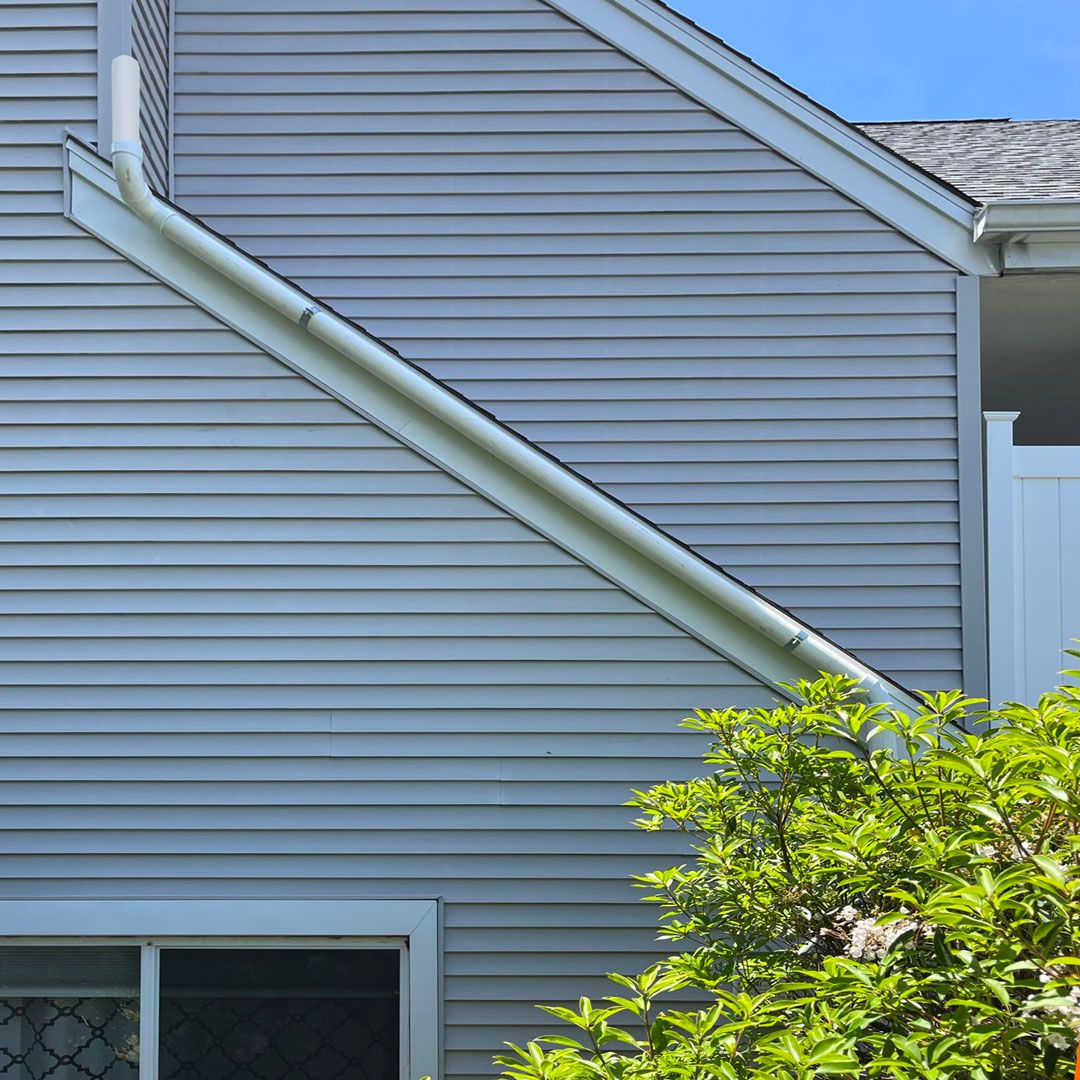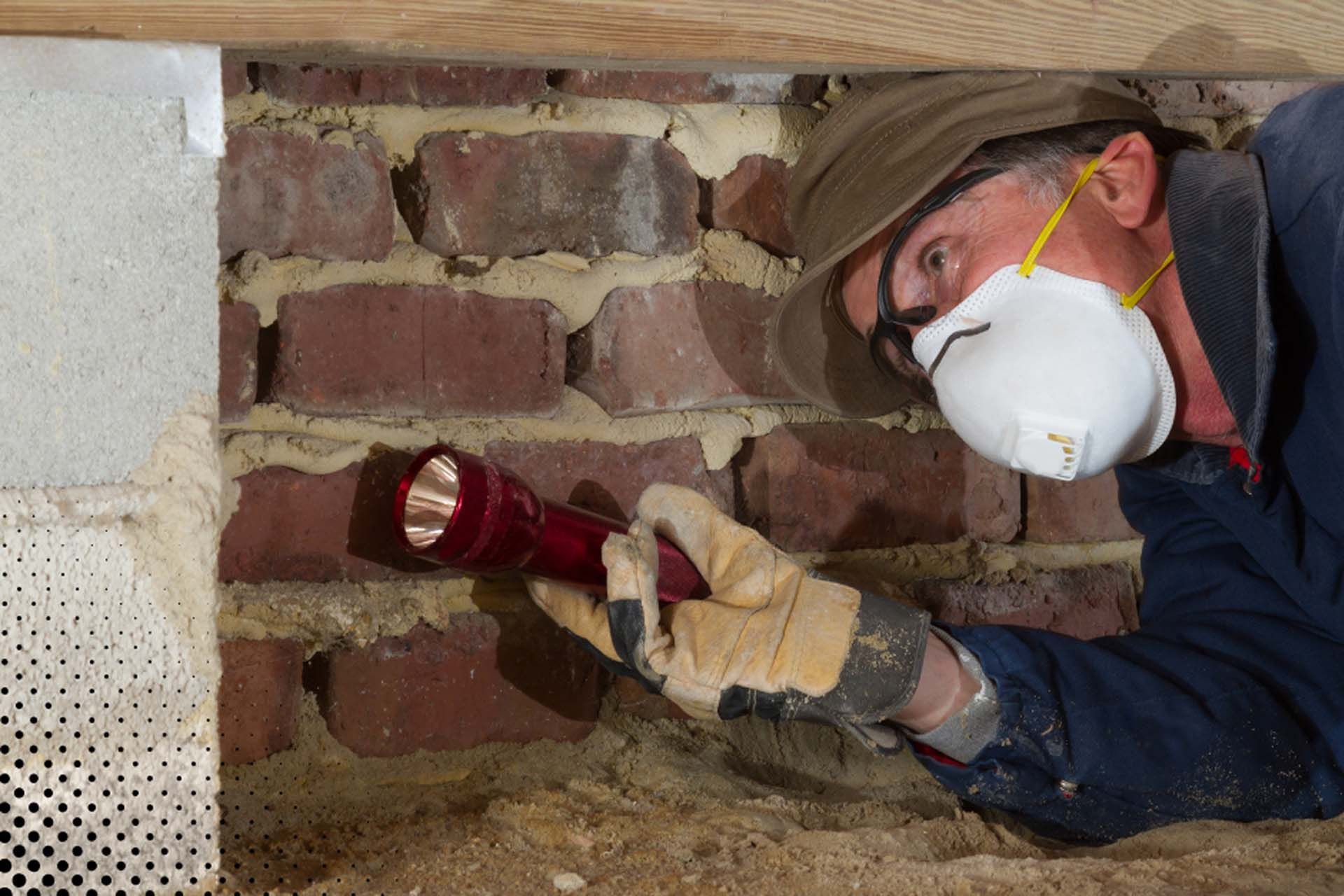CALL NOW
(203) 257-0912
Radon is a colorless, odorless, and tasteless radioactive gas that occurs naturally in the soil. It is a leading cause of lung cancer, second only to smoking, and is responsible for more than 20,000 deaths each year in the United States alone. Radon is a serious health hazard, and it's essential to have your home tested for radon levels. If the test results indicate high levels of radon, you need to consider radon mitigation techniques.

At go2guys, we specialize in working with realtors to ensure that radon mitigation is done quickly and effectively so that it doesn't hold up the home buying or selling process. We understand the importance of a timely sale, and we strive to make the process as smooth as possible for all parties involved.
There are several radon mitigation techniques available, and the right technique for your home depends on various factors, such as the level of radon, the construction of your home, and the location of the home. In this blog, we will discuss some of the most popular radon mitigation techniques to help you determine which one is right for your home.
Active Soil Depressurization (ASD)
ASD is the most commonly used radon mitigation technique. It involves the installation of a vent pipe system and fan that creates a negative pressure under the foundation of your home. This negative pressure draws the radon gas from the soil and vents it outside, where it dissipates harmlessly. ASD can be installed in both new and existing homes and is highly effective in reducing radon levels.
Passive Sub-Slab Depressurization (SSD)
SSD is similar to ASD but does not require a fan. It involves installing a vent pipe system that extends from beneath the foundation of your home to the roof. The pipe creates a natural airflow that draws the radon gas from the soil and vents it outside. SSD is less effective than ASD, but it's a good option for homes with low to moderate radon levels.
Sealing and Caulking
Sealing and caulking are techniques that involve sealing the cracks and gaps in your home's foundation, walls, and floors to prevent radon gas from entering your home. While sealing and caulking can reduce radon levels, they are not an effective long-term solution, and radon levels can rise again over time.
Natural Ventilation
Natural ventilation involves opening windows and doors to allow fresh air to circulate through your home. While this can reduce radon levels, it's not a long-term solution and is not recommended for homes with high radon levels.
There are several radon mitigation techniques available, and the right one for your home depends on various factors. At go2guys, we understand that every home is unique, and we work with you to determine the best radon mitigation technique for your home. If you're concerned about radon levels in your home, contact us today, and we'll help you breathe easy.
It's important to note that radon mitigation is not a one-time solution. Radon levels can fluctuate over time, and it's essential to have your home retested periodically to ensure that the radon levels remain within safe limits. At go2guys, we offer ongoing radon testing services to ensure that your home remains safe for you and your family.
In addition to the radon mitigation techniques mentioned above, there are other steps you can take to reduce radon levels in your home. These include:
Installing a radon-resistant membrane: This is a barrier that is installed between the soil and the foundation of your home to prevent radon gas from entering.
Improving ventilation: Proper ventilation is essential in reducing radon levels in your home. Installing exhaust fans and opening windows can improve ventilation and reduce radon levels.
Installing a heat recovery ventilator (HRV): An HRV is a device that helps to improve ventilation in your home by exchanging stale air with fresh air. It can be an effective tool in reducing radon levels.
In conclusion, radon is a serious health hazard, and it's essential to have your home tested for radon levels. If the test results indicate high levels of radon, it's crucial to consider radon mitigation techniques. At go2guys, we specialize in working with realtors to ensure that radon mitigation is done quickly and effectively, so it doesn't hold up the home buying or selling process. We offer a range of radon mitigation techniques, ongoing testing services, and advice on how to reduce radon levels in your home. Contact us today to schedule a radon test or to learn more about our services.


Don't let radon gas put your client's dream home at risk. If your client has tested for high levels of radon, contact us now to schedule a mitigation consultation and ensure their home is safe and healthy.
All Rights Reserved | The Go2Guys Radon
Website powered by Ads Needed
